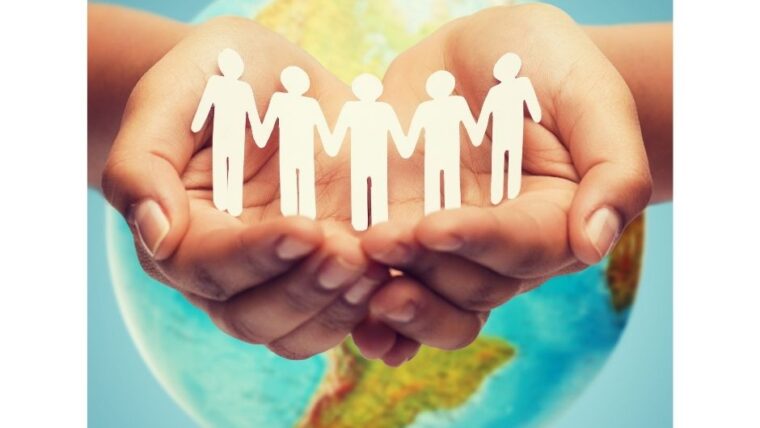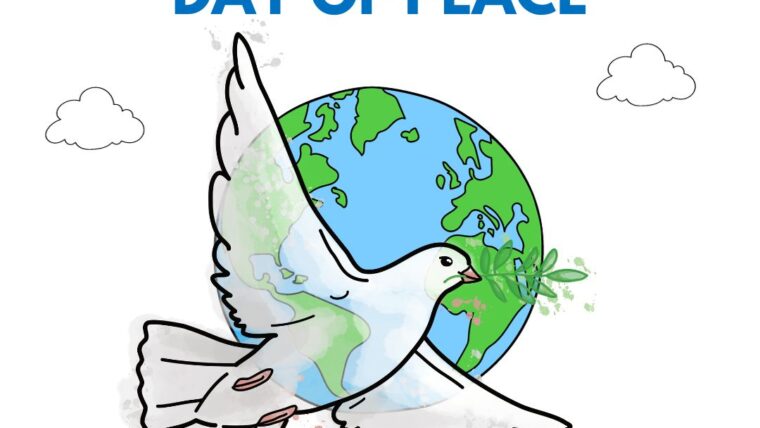Background
The proposal for the Day came from the World Federation of the Deaf (WFD), a federation of 135 national associations of deaf people, representing approximately 70 million deaf people’s human rights worldwide. The resolution A/RES/72/161 was sponsored by the Permanent Mission of Antigua and Barbuda to the United Nations, co-sponsored by 97 United Nations Member States and adopted by consensus on 19 December 2017.
The choice of 23 September commemorates the date that the WFD was established in 1951. This day marks the birth of an advocacy organization, which has as one of its main goals, the preservation of sign languages and Deaf culture as pre-requisites to the realization of the human rights of deaf people.
The International Day of Sign Languages was first celebrated in 2018 as part of the International Week of the Deaf.
The International Week of the Deaf was first celebrated in September 1958 and has since evolved into a global movement of Deaf unity and concerted advocacy to raise awareness of the issues deaf people face in their everyday lives.
Sign languages unite us!
 The International Day of Sign Languages is a unique opportunity to support and protect the linguistic identity and cultural diversity of all deaf people and other sign language users. During the 2023 celebration of the International Day of Sign Languages, the world will once again highlight the unity generated by our sign languages. Deaf communities, governments and civil society organizations maintain their collective efforts – hand in hand – in fostering, promoting and recognizing national sign languages as part of their countries’ vibrant and diverse linguistic landscapes.
The International Day of Sign Languages is a unique opportunity to support and protect the linguistic identity and cultural diversity of all deaf people and other sign language users. During the 2023 celebration of the International Day of Sign Languages, the world will once again highlight the unity generated by our sign languages. Deaf communities, governments and civil society organizations maintain their collective efforts – hand in hand – in fostering, promoting and recognizing national sign languages as part of their countries’ vibrant and diverse linguistic landscapes.
According to the World Federation of the Deaf, there are more than 70 million deaf people worldwide. More than 80% of them live in developing countries. Collectively, they use more than 300 different sign languages.
Sign languages are fully fledged natural languages, structurally distinct from the spoken languages. There is also an international sign language, which is used by deaf people in international meetings and informally when travelling and socializing. It is considered a pidgin form of sign language that is not as complex as natural sign languages and has a limited lexicon.
The Convention on the Rights of Persons with Disabilities recognizes and promotes the use of sign languages. It makes clear that sign languages are equal in status to spoken languages and obligates states parties to facilitate the learning of sign language and promote the linguistic identity of the Deaf community.
The UN General Assembly has proclaimed 23 September as the International Day of Sign Languages in order to raise awareness of the importance of sign language in the full realization of the human rights of people who are deaf.
The resolution establishing the day acknowledges that early access to sign language and services in sign language, including quality education available in sign language, is vital to the growth and development of the deaf individual and critical to the achievement of the internationally agreed development goals. It recognizes the importance of preserving sign languages as part of linguistic and cultural diversity. It also emphasizes the principle of “nothing about us without us” in terms of working with Deaf communities.


